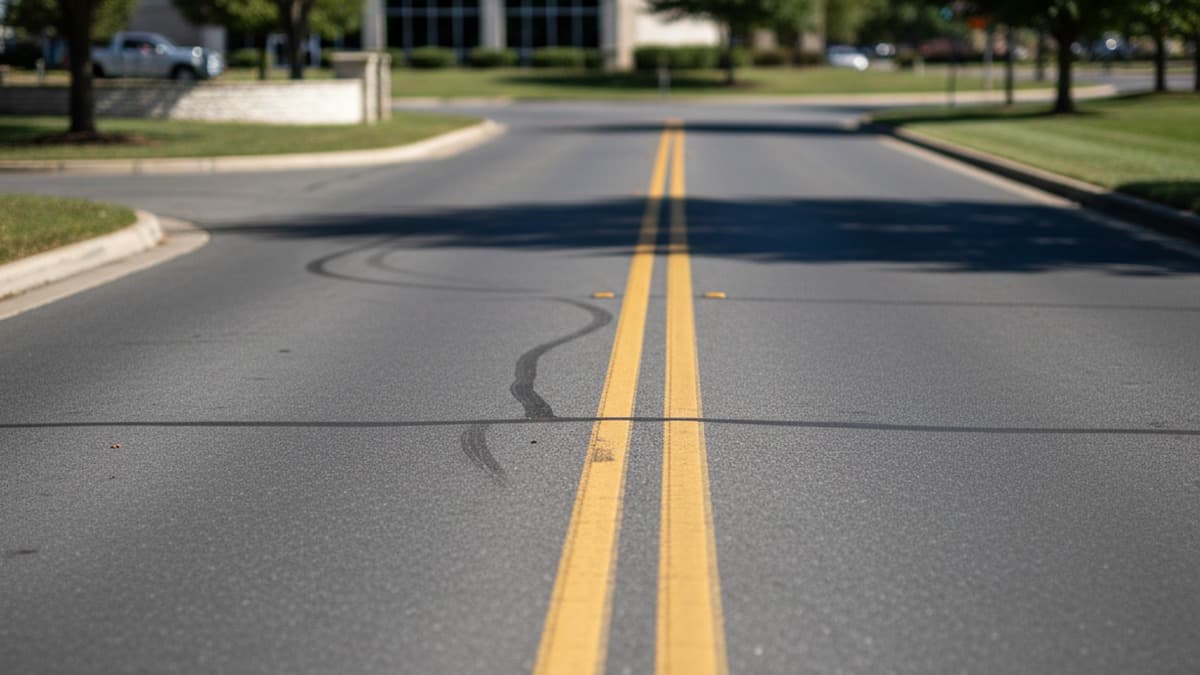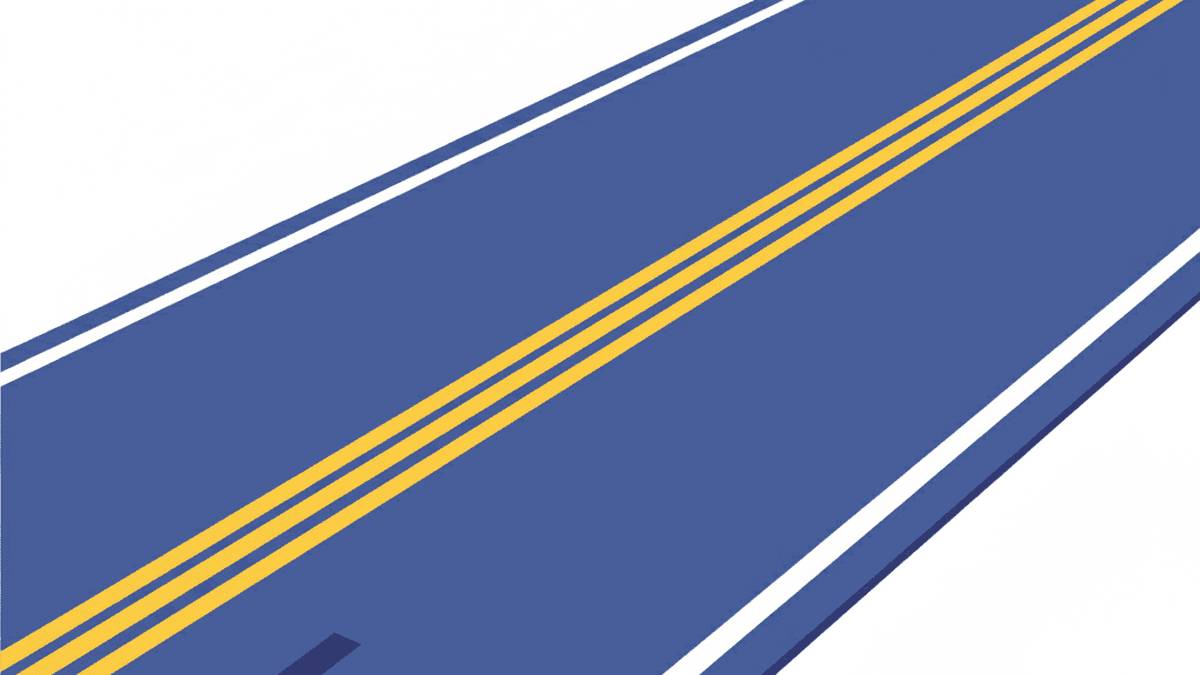Left Turn Across Double Yellow

Legal left-turn scenarios across double yellow
Many jurisdictions allow a left turn across a double yellow when the maneuver is not "passing" and can be made safely—typically into a driveway, private road, or at an unsignalized intersection without conflicting signs or markings.
Driveway and private road entries without signals
Yield to oncoming traffic and pedestrians. Make a single, clean crossover—no "lingering" in the opposing lane.
Gap selection, signaling, and wheel alignment
Signal early, judge a safe gap, and keep your front wheels straight while waiting. Turning your wheels invites a rear-end push into the opposing lane.
Avoid blocking the centerline while waiting
Straddle the centerline only when the gap is imminent; otherwise, keep your vehicle within your lane to preserve through-traffic.
Instructor tip for road tests
Examiners watch for full stops when required, pedestrian priority, and one decisive crossing when clear.
Illegal cases: no openings across double-double yellow
Two sets of double yellow lines form a painted median barrier (often called "double-double"). Crossing is prohibited except at marked openings or where a sign explicitly allows it.
Posted "NO LEFT TURN" and line-of-sight limits
Signs override. Poor visibility near hills/curves or posted prohibitions make the movement unlawful even if a driveway exists.
